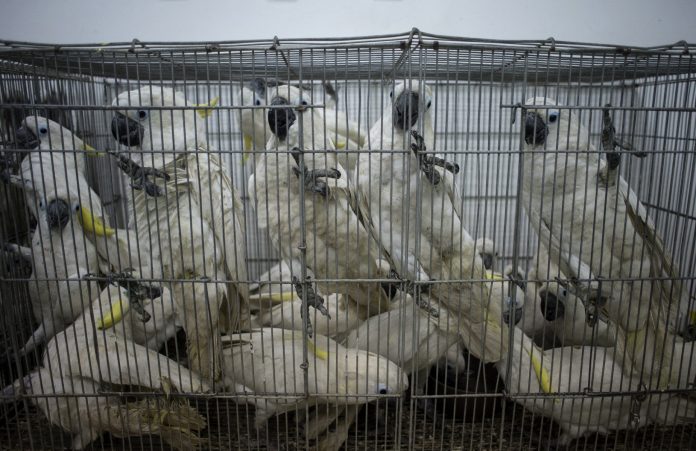A report released by the United Nations Office on Drugs and Crime (UNODC) revealed that despite global efforts spanning two decades, over 4,000 wildlife species continue to be trapped in the illegal trafficking net each year.
The report underscored the challenge of protecting wildlife amidst persistent illegal trade activities that threaten biodiversity, public health, and climate change mitigation.
Ghada Waly, UNODC’s executive director, said, “It inflicts untold harm upon nature and jeopardizes livelihoods, public health, good governance, and our planet’s ability to fight climate change.”
The World Wildlife Crime Report, released by the agency, reviewed global anti-poaching efforts. While it highlighted some success in reducing the trafficking of elephants and rhinoceroses due to dismantled networks and decreased demand, the broader scenario remains bleak for thousands of other protected species.

According to the report, which included data on trafficked species from 2015 to 2021 across 162 countries and territories, illegal trade affects approximately 4,000 plant and animal species, with about 3,250 of them listed under the Convention on International Trade in Endangered Species of Wild Fauna and Flora (CITES).
During this period, law enforcement agencies confiscated 13 million items, totaling more than 16,000 tonnes.
The report also pointed out that wildlife trafficking is often overlooked by the public and is driven by powerful organized crime groups exploiting fragile ecosystems across the globe—from the Amazon to the Golden Triangle.
These groups adapt their methods and routes to evade detection and prosecution, exploiting regulatory loopholes and enforcement weaknesses.
Corruption further exacerbates the situation, with officials often ignoring violations, allowing traffickers to operate with impunity.
“To address this crime, we must match the adaptability and agility of the illegal wildlife trade,” said Waly.
She called for strong, targeted interventions at both the demand and supply sides of the trafficking chain, efforts to reduce criminal incentives and profits, and greater investment in data, analysis, and monitoring capacities.
The report, however, offered a glimmer of hope. It noted significant progress in the fight against the trafficking of elephants and rhinoceroses, achieved through comprehensive strategies that address both supply and demand.
The decline in poaching, seizures, and market prices for these species over the past decade highlighted the potential effectiveness of focused policy efforts, stricter market regulations, and targeted law enforcement actions.









